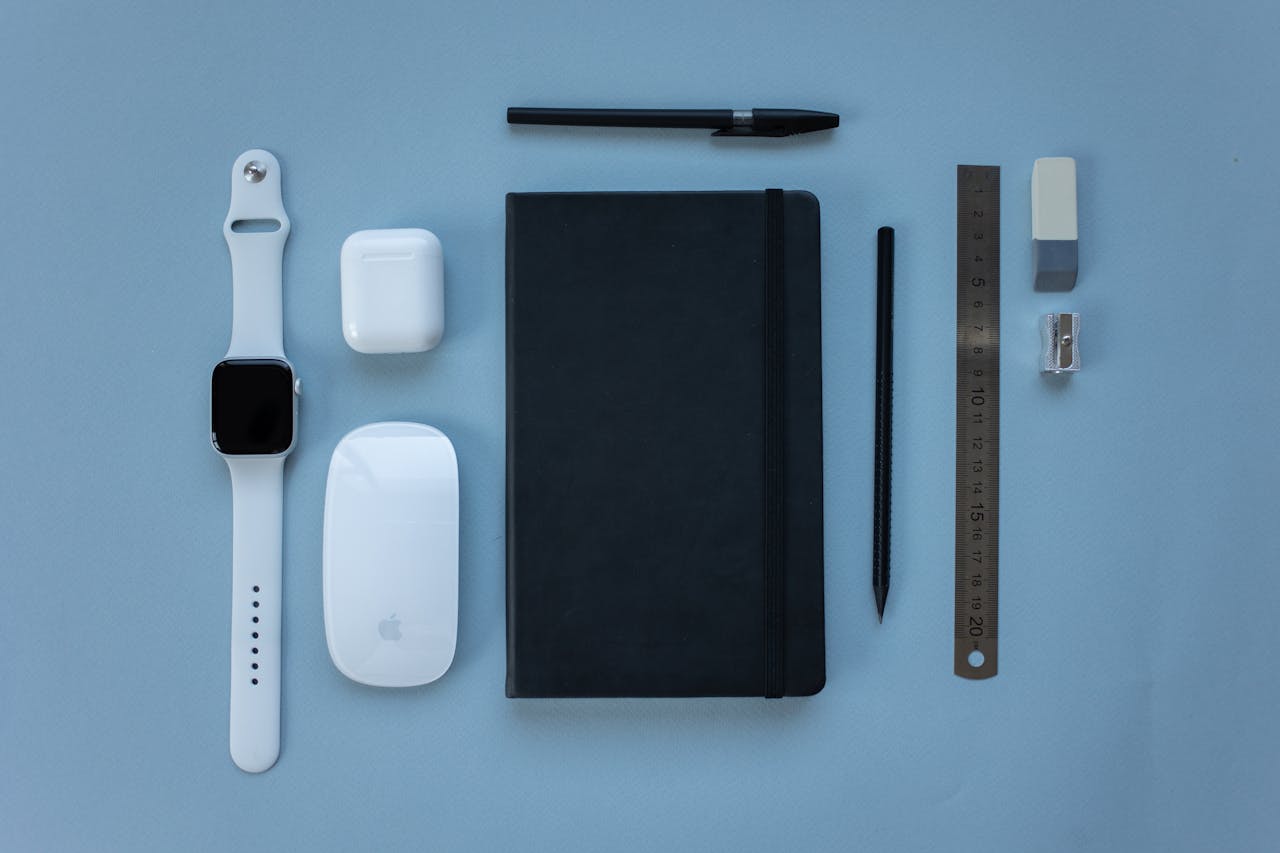Introduction
Personal technology has become an extension of who we are—shaping how we communicate, work, learn, and entertain ourselves. What was once defined by a single smartphone is now a web of interconnected gadgets, platforms, and ecosystems. With the constant churn of innovation, navigating this space can be overwhelming. This guide will explore the modern personal tech landscape, break down the most impactful trends, and help you make smarter choices as a consumer in a tech-saturated world.
The Rise of the Personal Tech Ecosystem
From Single Devices to Connected Experiences
Gone are the days of owning a standalone device. Today, users are part of broader ecosystems—smartphones sync with tablets, watches, earbuds, laptops, and even cars. These systems are designed to work seamlessly together, creating fluid user experiences across devices.
Brand Loyalty and Lock-In
Tech giants like Apple, Google, Samsung, and Microsoft encourage loyalty by offering tight ecosystem integration. Once you’re in, switching platforms often means losing convenience or re-buying hardware.
Pros and Cons of Ecosystem Commitment
Pros:
- Unified experience
- Easier device setup
- Better cross-device compatibility
Cons:
- Expensive to switch brands
- Limited third-party flexibility
- Potential privacy trade-offs
The Gadget Explosion: What’s Shaping the Market?
Smartphones: The Core Hub
The smartphone remains the central hub of personal tech. Whether Android or iOS, it’s the control center for your digital life—handling everything from communication to smart home management.
Wearables: Health, Fitness, and Beyond
Smartwatches and fitness bands have grown far beyond step counters. Today’s wearables track heart health, monitor sleep, manage stress, and even offer emergency alerts. They also serve as notification centers and digital wallets.
Smart Home Devices
Smart speakers, thermostats, lights, and security systems are becoming standard household tech. Voice assistants and mobile apps make managing daily routines more convenient and automated.
Laptops & Tablets: Blurred Lines
Hybrid devices and powerful tablets with desktop-level capabilities are closing the gap between work and mobility. The right device depends on your workflow, portability needs, and software ecosystem.
Key Considerations When Choosing Personal Tech
1. Compatibility & Ecosystem Integration
Does your new gadget play well with what you already own? Ecosystem synergy is increasingly important to ensure a smooth user experience.
2. Privacy and Security
Always consider how a device handles your data. Look for devices that offer clear privacy settings, biometric security, and ongoing software support.
3. Purpose-Driven Purchasing
Avoid impulse buying based on trends. Define the role of the device in your lifestyle—whether it’s for productivity, health tracking, entertainment, or all of the above.
4. Longevity & Updates
Check the brand’s track record for software updates and customer support. A device that stays updated longer offers better value and protection over time.
5. Environmental Footprint
Sustainability is a growing concern in personal tech. Some brands now prioritize repairability, recyclable packaging, and eco-conscious materials. It’s worth factoring this into your decision.
Personalization and AI Integration
Smarter Assistants and Predictive Behavior
Virtual assistants are now context-aware—learning habits, locations, and routines to offer timely suggestions or actions.
AI in Daily Devices
From cameras that automatically adjust to lighting, to keyboards that predict your next word, AI is enhancing everyday usability, productivity, and accessibility.
Voice and Gesture Interfaces
Interaction is moving beyond screens. Voice commands and gesture controls are making tech more natural and accessible, especially in wearables and smart homes.
Navigating Future Trends
Foldable and Modular Devices
Foldables are offering new form factors that combine portability and screen real estate. Modular tech, although still niche, may allow users to upgrade individual parts instead of full devices.
Subscription Hardware Models
Brands are experimenting with hardware-as-a-service, bundling devices and services into monthly subscriptions. While convenient, it raises questions around ownership and cost over time.
The Convergence of AR/VR and Wearables
Augmented and virtual reality, once confined to gaming, are now blending into smart glasses, fitness experiences, and workplace collaboration tools. These innovations will reshape how we interact with the digital world.
Conclusion
The personal tech landscape is evolving at breakneck speed. Gadgets are no longer isolated tools—they’re pieces of larger, smarter ecosystems. With countless choices and constant innovation, staying informed is key to making decisions that fit your life, values, and future needs. Whether you’re upgrading a device or building a full tech setup, prioritize integration, usability, security, and purpose. In the end, the best tech is the kind that quietly empowers you every day.



